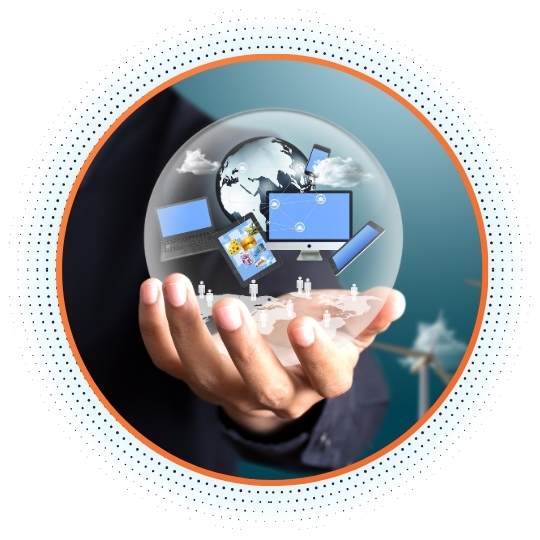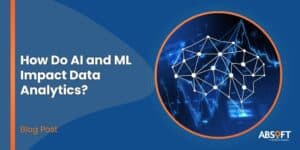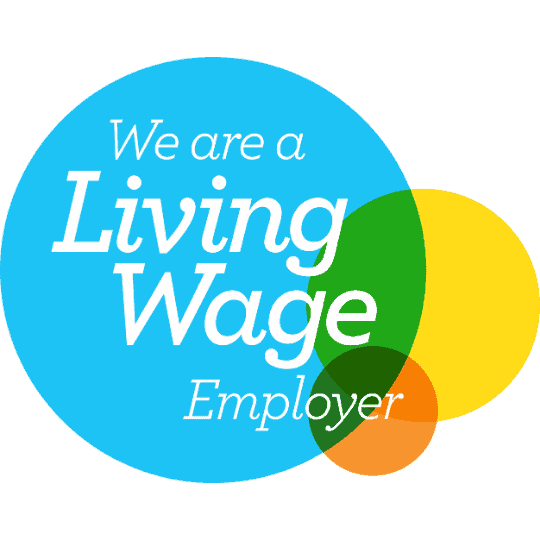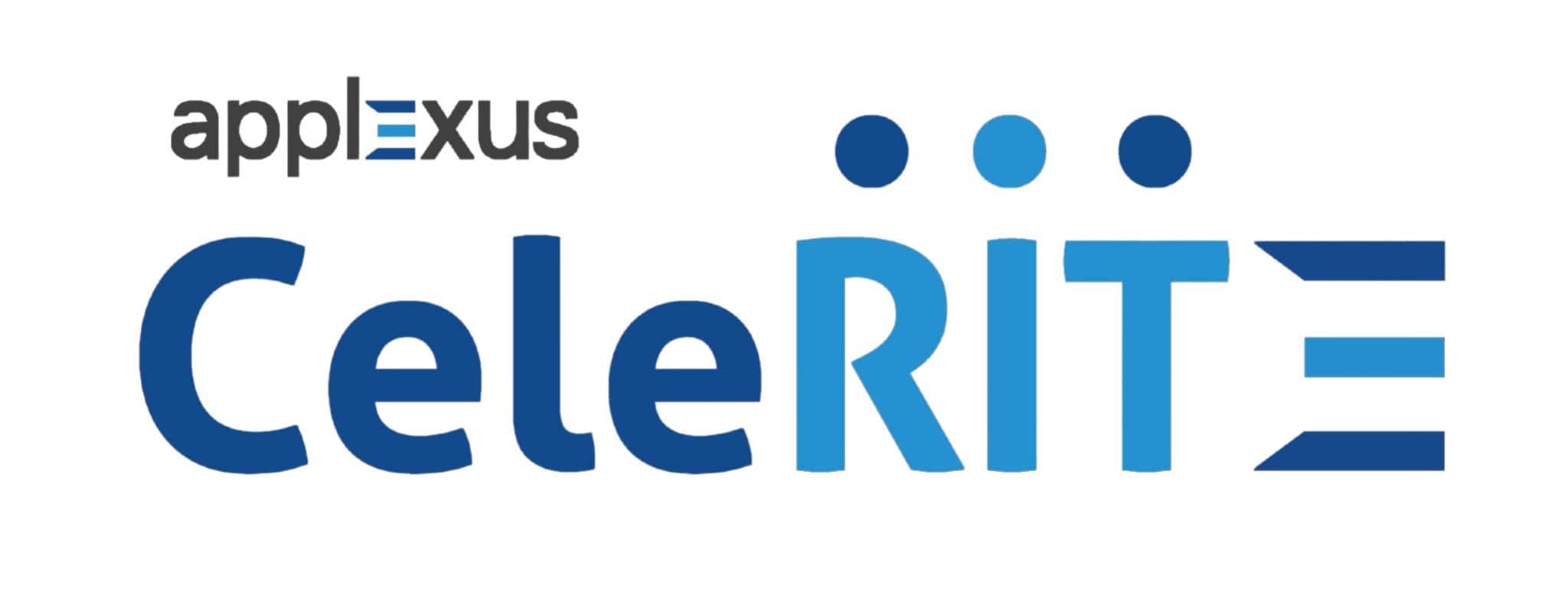As we cross the Rubicon into 2024, business spending on cloud computing services is predicted to exceed US$1 trillion for the first time. This will be driven by businesses looking beyond the time and money-saving benefits of cloud migration and focusing on adopting innovative new tools and technologies such as AI. And rightly so; cloud computing offers several key benefits, including but not limited to:
- Greater agility and resilience
- Shorter deployment times
- Optimised IT efforts
- Improved security
- Increased flexibility and scalability
As the cloud market and AI continue to grow in 2024, the benefits of these technologies will prove hugely efficacious. Concordantly, they will be prominent in SAP’s 2024 strategy and will be consequential to the future of ERP systems. What else does the year have in store for SAP, ERP, and IT in general?
Don’t hesitate to get in touch if you require any help or have a question.Â
Table of Contents
2023 in Review
Last year was notable for increased AI usage across all sectors. Cloud computing was no exception. What’s important to note here, however, is that this didn’t necessarily equate to widespread AI adoption amongst ERP users. Rather, businesses bought AI capabilities with highly specific use cases in mind, particularly concerning AI within cloud computing. While the technology was becoming increasingly diffused, it hadn’t yet reached full adoption and varies significantly across organisations. Notably, customers implementing cloud ERP systems, like SAP S/4HANA, tended to embrace AI use cases more rapidly than those with older ERP solutions. We predict to see more of this in 2024.
Find out more about S/4HANA Cloud here:
Software as a Service in Cloud Computing
Cloud computing growth is set to only continue throughout 2024. One such expected trend is the increasing uptake in Software as a Service (SaaS) public cloud offerings as part of next-gen ERP systems. Many organisations have realised that true innovation and digital transformation come from combining cloud infrastructure and cloud-native, multi-tenant SaaS ERP solutions. This shift builds upon the recognition that merely migrating to the cloud is not innovative per se. Instead, combining cloud infrastructure with cutting-edge ERP trends will trigger business digital transformation. This trend aligns with SAP’s strategy, as partners have seen a significant uptick in the adoption of cloud ERP software.
Find out more about the inner workings and use cases of ERP:
AI Assistants and Insights
As mentioned, last year was big for AI and 2024 will only see this trend continue. The advances and successes of the likes of ChatGPT have motivated businesses to incorporate generative AI into their portfolios. This encompasses a surge in AI deployment at the executive level. This will allow C-suite leaders to obtain in-depth insights across their organisations. Areas like group reporting and strategic decision-making will be positively impacted, making data more accessible than before.
SAP is no exception to this trend and is soft-launching Joule, an AI assistant that promises to revolutionise business operations. SAP believes AI will become the backbone of risk-resilient supply chains in 2024 with Joule enhancing organisations’ ability to sense, recognise, and react to disruptions and opportunities in new ways. It will do this by delivering proactive and contextualised insights from across the breadth and depth of SAP software solutions and third-party sources. As Joule is embedded throughout SAP’s cloud enterprise portfolio, from HR, finance, supply chain, procurement, and customer experience to SAP Business Technology Platform (BTP), this transformative tool will trigger a new era of business insights.
SAP Joule has been available in SuccessFactors since November 2023. Deployment in other modules like SAP BTP is expected throughout 2024.
Sustainability
Environmental issues will remain at the top of the industry’s agenda with sustainability being a priority. Not only will this make businesses more eco-friendly but also improves their efficiency and make their operations more economical. Cloud computing will no doubt play a key role in achieving this by lowering on-site electricity demands and scales as the business grows thereby eliminating the need to install extra hardware and software.
Furthermore, SAP is pushing their Green Ledger which represents a significant development in the field of carbon accounting. It is designed to be both efficient and economical, providing a robust solution for businesses to manage their environmental impact. Combining financial and environmental data, enabling better decision-making and insights, it is embedded in RISE and GROW with SAP for S/4HANA’s cloud editions which will provide accurate, transparent, and auditable carbon data. It can then leverage this existing data with seamless integration and automation.
What Does This Mean for Jobs and Workforce?
On a final note, workforce-related aspects of cloud computing and AI are set to play a crucial role. AI-driven insights into recruitment, talent retention, workforce dynamics, and skills development will address the challenges organisations face in managing their workforce effectively. These insights will become invaluable as organisations navigate a dynamic labour market, especially as these emerging sectors will contribute to the continued evolution and growth of the cloud computing industry in 2024.
To learn more about our team’s experience, tools, and capabilities, please reach out to us now!














